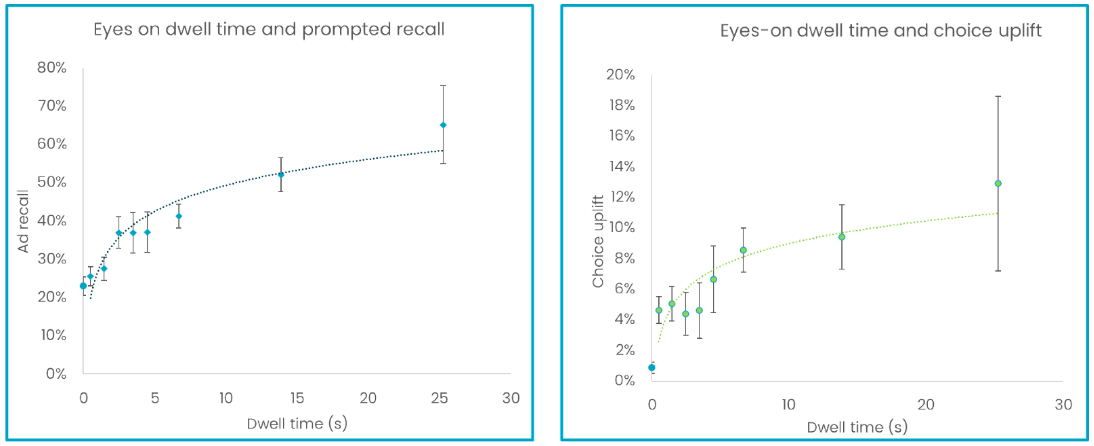Programmatic Attention Bidding: Lower Costs, Higher Rewards


“Buy low, sell high.”’ It’s a phrase that usually makes us think of the stock market, but it’s just as relevant in digital advertising. Every agency is buying ads at a specific price and hoping to drive higher return on ad spend at the end of the campaign.
In an ideal world, advertisers aren’t exactly buying low and selling high… they’re buying under-valued ad units to drive efficient and effective outcomes. Maybe that doesn’t roll off the tongue quite as easily.
For simplicity’s sake, the ad world can borrow a different term to describe cost efficient ad delivery: arbitrage. Today, attention metrics provides one of the best ways for advertisers to drive effective arbitrage and ensure every campaign is based on buying low and selling high attention.
To successfully ‘buy low’ or to avoid ‘buying high’, you need to know something that the rest of the market does not. Most digital advertising is bought based on “viewability” that measures whether the ad was shown on the screen for long enough – not whether a person will look at the ad. There’s one problem: seven out of every ten “viewable “digital ads aren’t seen at all!
Lumen’s programmatic attention bidding solution is powered by a custom attention algorithm generated by our eye-tracking and attention datasets. It’s the only attention solution on the market that has been audited and validated by a third-party. When advertisers bid on attention with Lumen, they bid on attentive seconds per 1000 impressions (APM) instead of traditional CPM pricing.
With an attention-first bidding algorithm that programmatically buys the media most likely to be seen, advertisers often see costs go down. With APM as a buying signal within your DSP, it is possible to find and buy ‘attention bargains’, and avoid aad attention ripoff’ – where CPMs do not reflect the true value of the ad.
More attention leads to better outcomes overall [fig 1], so if all other conditions are the same (cost, reach, audience, etc.), this piece of information will let you pick the higher value option every time.

Attention optimization lets you make better decisions on where to spend your money across the media planning cycle:
With attention as a growing priority for brands and advertisers alike, the market will likely correct itself in the near future – under-valued placements will become more expensive, and over-valued ones will become cheaper.Until that happens, there is a competitive advantage in measuring and optimising with attention metrics. Interested in this first-mover advantage for attention-first arbitrage?
Fill out the demo form here to get in touch!